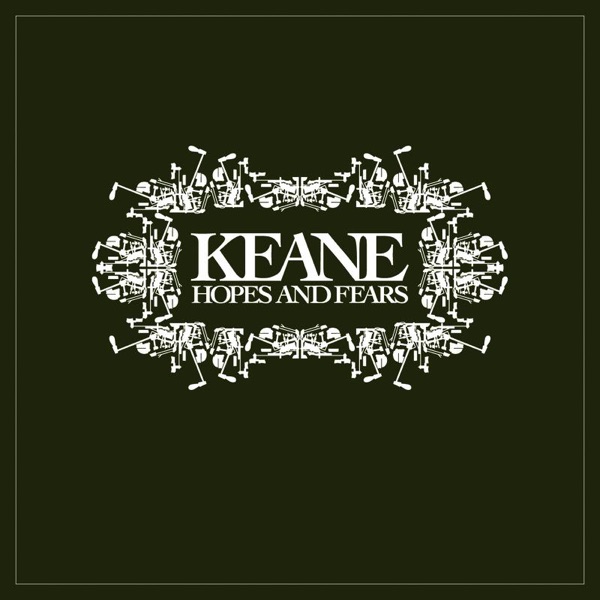
Monday 4th to Sunday 10th July 2022
Last week I talked about the constellation of Sagittarius that can be found close to the south horizon after midnight. I also suggested that if you have access to binoculars or a telescope, then you could try spotting Messier 8, the Lagoon Nebula.
Just above the Lagoon Nebula is another great target - the Trifid Nebula, also known as Messier 20. The name does not originate from any science fiction story, but means "three lobes" and M20 is an unusual combination of emission nebula where stars are born, a reflection nebula where spent gas is illuminated by the stars nearby and a dark nebula where the cloud is so dense that it absorbs the light coming from behind it. For good measure, there is also an open cluster of stars within it.
The Trifid Nebula is estimated to be 4100 light years away from us and with a magnitude of around 6, binoculars or a telescope will be needed to see it. You will observe a fuzzy blob, so I have provided a photograph that better-shows M20's complex details, courtesy of the European Southern Observatory in Chile.
I suppose I should wish everyone a "Happy Aphelion Day" for Monday 4th July! Just like the Moon's orbit around us has a Perigee and Apogee when it is slightly closer or further away from us, so does our orbit around the Sun. The 4th July is "Aphelion" when we are the furthest we get from the Sun during our year-long orbit around it. At that point, we are 152 million Km or 94.5 million miles from the Sun. Perihelion occurs in January and then we are about 5 million Km or 3 million miles closer. Doesn't feel like we are closer though!
Screenshots courtesy of Stellarium
Copyright Adrian Dening and Radio Ninesprings 2022




 Adrian Dening's Stars Over Somerset
Adrian Dening's Stars Over Somerset
 New High Sheriff
New High Sheriff
 Battery Fires
Battery Fires
 Domestic Abuse
Domestic Abuse
 False Fire Alarms
False Fire Alarms
 Dog DNA
Dog DNA
 Mobile Phones in Vehicles
Mobile Phones in Vehicles








